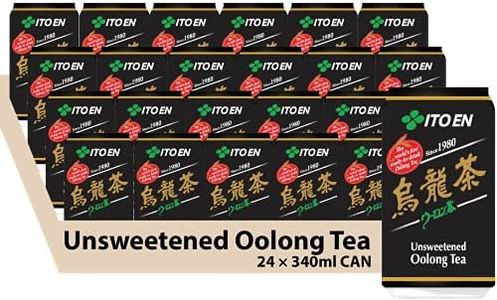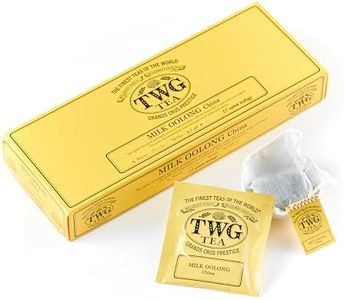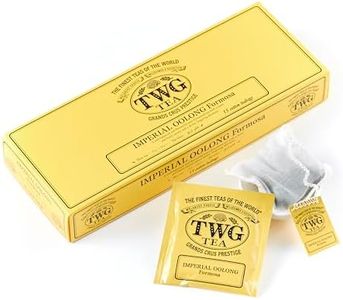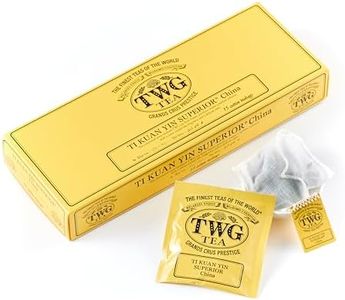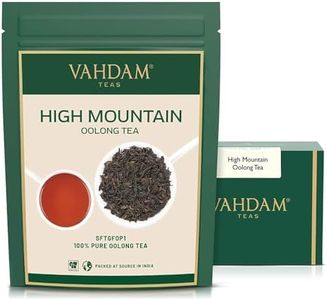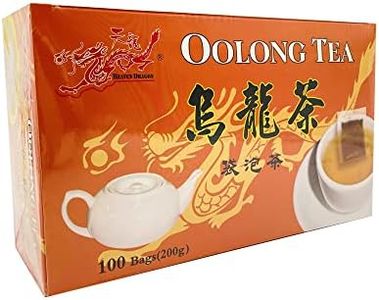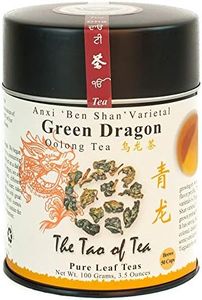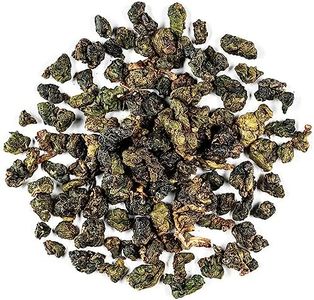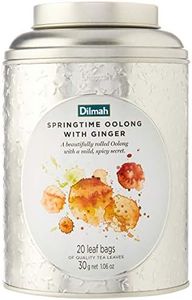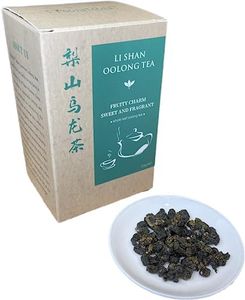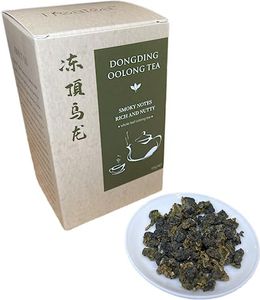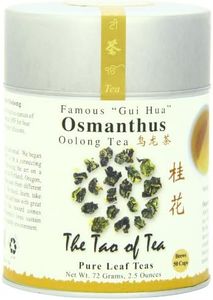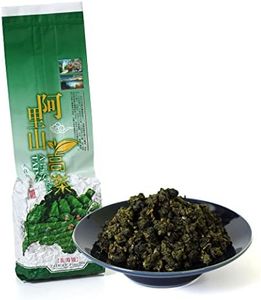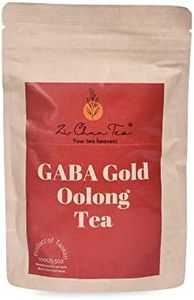We Use CookiesWe use cookies to enhance the security, performance,
functionality and for analytical and promotional activities. By continuing to browse this site you
are agreeing to our privacy policy
10 Best Oolong Teas
From leading brands and best sellers available on the web.By clicking on a link to a third party's website, log data is shared with that third party.
Buying Guide for the Best Oolong Teas
When selecting oolong tea, it’s important to understand that different varieties offer a range of flavors, aromas, and health benefits. Picking the best oolong for you is not just about brand or price but about matching your taste preferences and intended uses (such as sipping gently in the afternoon or pairing with meals). Take time to explore different types, and learn a bit about what makes each unique. By understanding the key aspects of oolong tea, you’ll be able to confidently choose one that fits your palate and lifestyle.Oxidation LevelOxidation describes how much the tea leaves are allowed to react with air after harvesting, influencing both flavor and color. Less oxidized oolongs are lighter, fresher, and more floral, while highly oxidized ones are darker, richer, and sometimes even slightly woody or fruity. Typically, you’ll see oolongs categorized as either lightly, moderately, or heavily oxidized. If you enjoy delicate and fragrant teas, a lightly oxidized oolong may suit you best; for a deeper, more robust flavor, opt for a heavily oxidized variant. Tasting a few from different oxidation segments can help you discover your personal favorite.
Roasting LevelRoasting is the process where tea leaves are gently heated after oxidation, affecting both scent and flavor. Lightly roasted oolongs taste fresher and often have floral or green notes, while heavily roasted kinds develop more nutty or toasty flavors. The scale typically ranges from no roasting through light, medium, or heavy roasting. Choose a lightly roasted oolong for something closer to green tea, or a heavily roasted one if you like warm, complex, and slightly caramelized tastes. Consider your flavor preferences: do you like freshness, or do you crave depth and toastiness?
OriginThe place where the tea is grown plays a major role in its final character. Famous oolong regions include Taiwan and China, each known for their own specialties. For instance, Taiwanese oolongs are often higher in aroma and sweetness, while Chinese oolongs from areas like Fujian or Guangdong may be richer or more mineral-like. Understanding where your oolong is from can help predict its profile. Try teas from different origins to see which regional characteristics align with your palate.
Leaf StyleOolong tea may be sold as tightly rolled balls or long, twisted leaves. Tightly rolled teas tend to open slowly during steeping, releasing flavors gradually, often resulting in several enjoyable infusions. Open-leaf styles usually brew more quickly and the flavors release faster. If you want a tea you can steep multiple times, go for rolled leaves. If you prefer a quick, straightforward brew, open-leaf types may be better. Think about how you prefer to prepare and drink your tea when choosing a style.
Aroma and Flavor NotesOolong teas can be exceptionally complex, with natural notes ranging from floral and creamy to fruity or even milky. When exploring options, notice descriptions like 'orchid', 'peach', 'buttery', or 'honey', as these hint at what you might experience. Are you seeking something lush and floral for a gentle sip, or are you after stronger, roasted, or fruity tones for a bolder experience? Reading or sampling for aroma and flavor can help guide you towards a tea that truly excites your senses.
